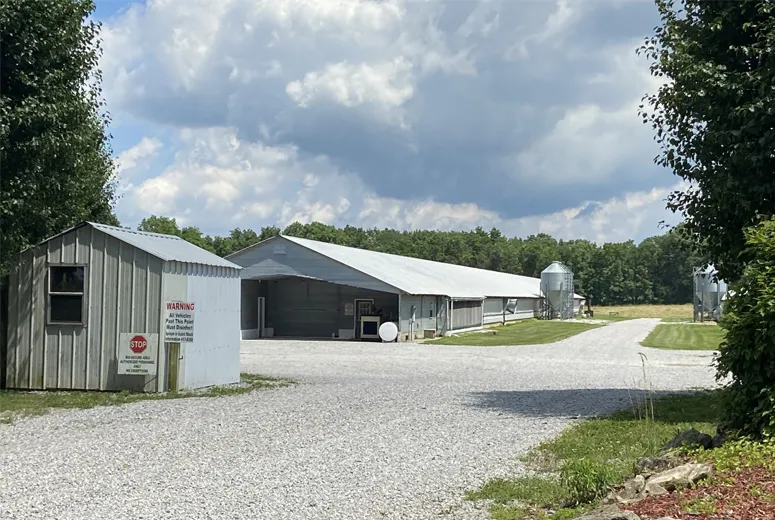- Afrikaans
- Albanian
- Amharic
- Arabic
- Armenian
- Azerbaijani
- Basque
- Belarusian
- Bengali
- Bosnian
- Bulgarian
- Catalan
- Cebuano
- Corsican
- Croatian
- Czech
- Danish
- Dutch
- English
- Esperanto
- Estonian
- Finnish
- French
- Frisian
- Galician
- Georgian
- German
- Greek
- Gujarati
- Haitian Creole
- hausa
- hawaiian
- Hebrew
- Hindi
- Miao
- Hungarian
- Icelandic
- igbo
- Indonesian
- irish
- Italian
- Japanese
- Javanese
- Kannada
- kazakh
- Khmer
- Rwandese
- Korean
- Kurdish
- Kyrgyz
- Lao
- Latin
- Latvian
- Lithuanian
- Luxembourgish
- Macedonian
- Malgashi
- Malay
- Malayalam
- Maltese
- Maori
- Marathi
- Mongolian
- Myanmar
- Nepali
- Norwegian
- Norwegian
- Occitan
- Pashto
- Persian
- Polish
- Portuguese
- Punjabi
- Romanian
- Russian
- Samoan
- Scottish Gaelic
- Serbian
- Sesotho
- Shona
- Sindhi
- Sinhala
- Slovak
- Slovenian
- Somali
- Spanish
- Sundanese
- Swahili
- Swedish
- Tagalog
- Tajik
- Tamil
- Tatar
- Telugu
- Thai
- Turkish
- Turkmen
- Ukrainian
- Urdu
- Uighur
- Uzbek
- Vietnamese
- Welsh
- Bantu
- Yiddish
- Yoruba
- Zulu
Nov . 01, 2024 01:05 Back to list
The Cost of Metal Warehouse Construction An Overview
In recent years, the demand for metal warehouses has surged due to their durability, versatility, and cost-effectiveness. As businesses strive to optimize their operational efficiency and reduce overhead costs, many are considering metal structures for their storage and operational needs. This article delves into the various factors influencing the construction costs of metal warehouses, giving business owners an insightful guide to budget their projects effectively.
Material Costs
One of the primary expenses associated with metal warehouse construction is the cost of materials. Steel, which is the most commonly used material, has seen fluctuations in price based on global market trends and availability. While the base cost of steel may vary, additional expenses such as coatings, insulation, and finishes can further impact the overall material cost. Therefore, it is crucial for businesses to shop around and compare quotes from different suppliers to secure the best pricing.
Design and Size
The design and size of a metal warehouse significantly influence construction costs. A larger structure will naturally require more materials and labor, and intricate designs may necessitate additional engineering and architectural expertise. Furthermore, extra features such as loading docks, office space, ventilation, and specialized storage areas can drive up costs. Before commencing construction, businesses should conduct a thorough needs assessment to determine the appropriate size and design that fits their operational requirements without incurring unnecessary expenses.
Labor Costs
metal warehouse construction cost

Labor costs represent another significant component of warehouse construction expenses. Skilled labor is essential for the successful assembly of metal structures, and wages can vary greatly based on geographic location and market demand. Additionally, project timelines can impact labor costs; delays can lead to increased expenses due to prolonged equipment rentals or workforce allocation. It's wise for businesses to plan their projects meticulously to keep labor costs in check.
Permitting and Site Preparation
Before construction can begin, businesses must secure the necessary permits from local authorities, which can incur fees and potentially lengthen project timelines. Additionally, site preparation such as land clearing, grading, and drainage management may be necessary, depending on the location and condition of the land. These preliminary costs should be factored into the overall budget.
Long-term Benefits
While the initial construction costs of a metal warehouse may seem high, it is essential to consider the long-term benefits. Metal buildings are low-maintenance, reducing operational costs over time. They are also energy-efficient, especially when equipped with proper insulation, which can lead to significant savings on heating and cooling.
Conclusion
In summary, the construction cost of metal warehouses is influenced by a multitude of factors, including material prices, design, labor costs, and permitting requirements. However, the long-term savings associated with their efficiency and durability often make them a worthwhile investment for businesses. By thoroughly assessing their needs and carefully planning each aspect of the construction process, companies can make informed decisions that align with their budgetary constraints and operational goals. The decision to invest in a metal warehouse is not merely about immediate costs but also about future-proofing the business in a competitive marketplace.
-
How Do Prefabricated Steel Structures Transform Modern Construction?
NewsJul.14,2025
-
How Do Prefabricated Metal Buildings Redefine Modern Construction?
NewsJul.14,2025
-
How Do Prefab Insulated Metal Buildings and Steel Structures Revolutionize Modern Construction?
NewsJul.14,2025
-
How Do Pre - Engineered Steel Structures Redefine Modern Construction?
NewsJul.14,2025
-
Advancing Modular Construction with Prefabricated Metal Structures
NewsJul.14,2025
-
Advancing Industrial Infrastructure with Prefabricated Steel Solutions
NewsJul.14,2025
Products categories
Our Latest News
We have a professional design team and an excellent production and construction team.












